Humanity will survive this pandemic, but the past 10 months spent isolating, social distancing, and quarantining has been rough for us all. As bad as this year has been, it could have been a lot worse were it not for a handful of technologies that stepped up to help us all get through it.
Some of these technologies have been with us for ages but were suddenly thrust into the limelight during 2020, while others arrived just in time to help ease feelings of loneliness, sadness, and anxiety. Some will still be with us for years to come, but others will probably be forgotten as life (hopefully) starts to return to normal. But as 2020 winds to a close, all of them deserve a shoutout, an appreciative nod, and a big thank you.

Nintendo Switch and Animal Crossing
The Switch has been with us since 2017 and has been a very successful console for Nintendo, but its lustre was starting to dull as 2020 heralded the arrival of the next generation of gaming consoles from Microsoft and Sony. However, as the world started to shut down to help stop the spread of covid-19 and people suddenly found themselves stuck at home with a lot of time on their hands, a console you could play without crawling out of bed was once again very appealing.
The demand for the Switch (which Nintendo struggled to keep up with) reached its peak when Animal Crossing: New Horizons was released on March 20. It not only gave people out of work and out of school a creative outlet, its online features also gave people a way to replicate social interactions. Most of us were very unproductive throughout 2020, and we felt awful about it, but turning a small island into a sprawling wonderland gave us a sense of purpose and accomplishment. Nintendo didn’t deliberately plan to release New Horizons during a pandemic, but no game has ever enjoyed such a perfectly timed rollout.
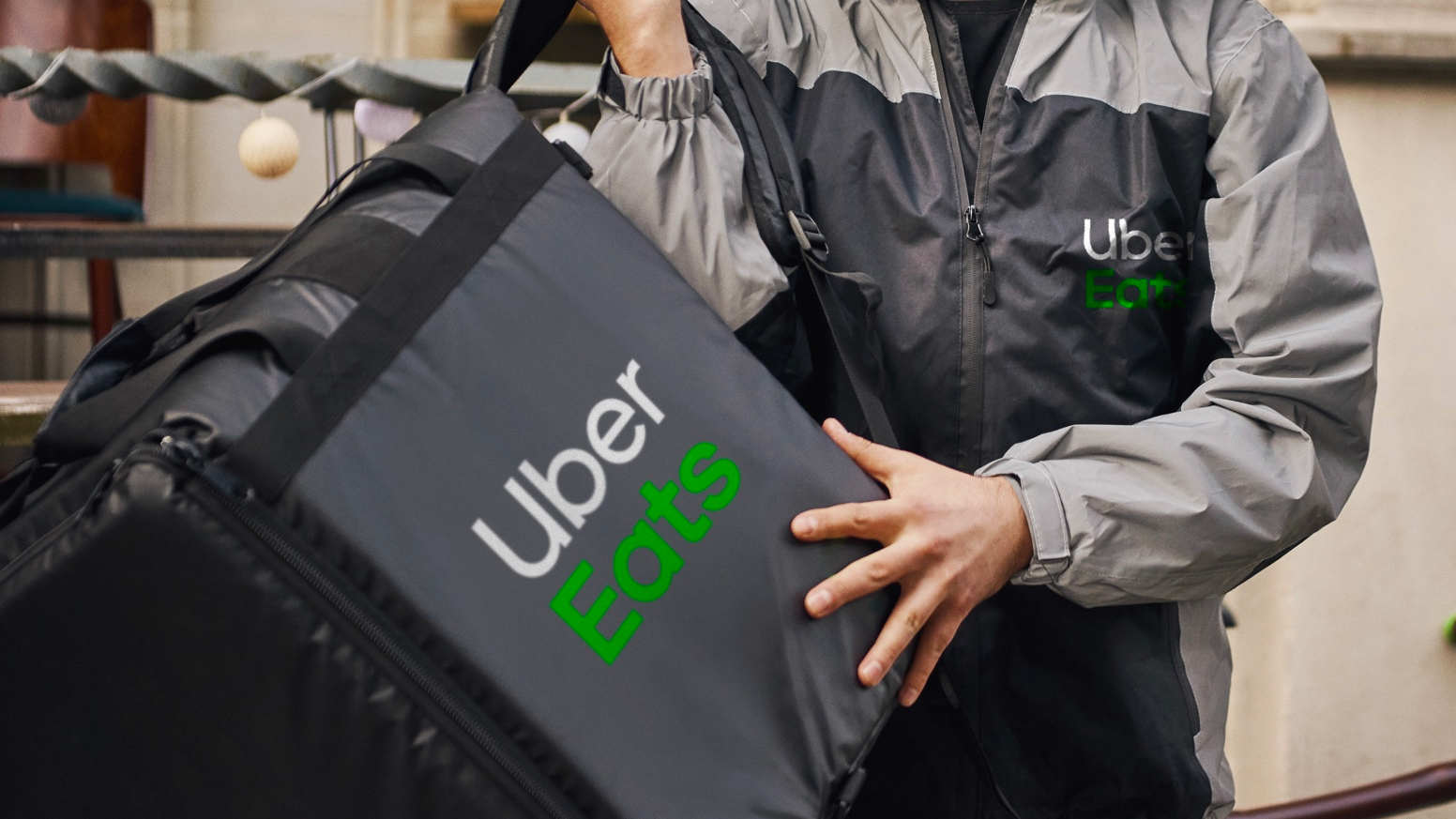
Food Delivery Services
What was once a tool for those who desperately wanted a taco at 1 a.m. but didn’t want to leave the house has become one of the most essential services of the pandemic. Some of the first businesses to be closed down by municipalities looking to slow the spread of the virus were restaurants, and while many were allowed to continue to operate providing takeout services, at the same time everyone was being encouraged to stay home as much as possible, which decimated revenues. Food delivery apps and services gave establishments who didn’t already offer their own delivery services a continued revenue stream, which has been a lifeline during the pandemic.
These services are not perfect — in fact, far from it. Delivery drivers are rarely treated as real employees and don’t get benefits, and using a food delivery app means there’s another corporate tier taking a cut of sales and thin profit margins. Many services also consider tips part of a driver’s paycheck, so if you’re still regularly using these services for takeout, try your best to safely tip in person and tip generously.
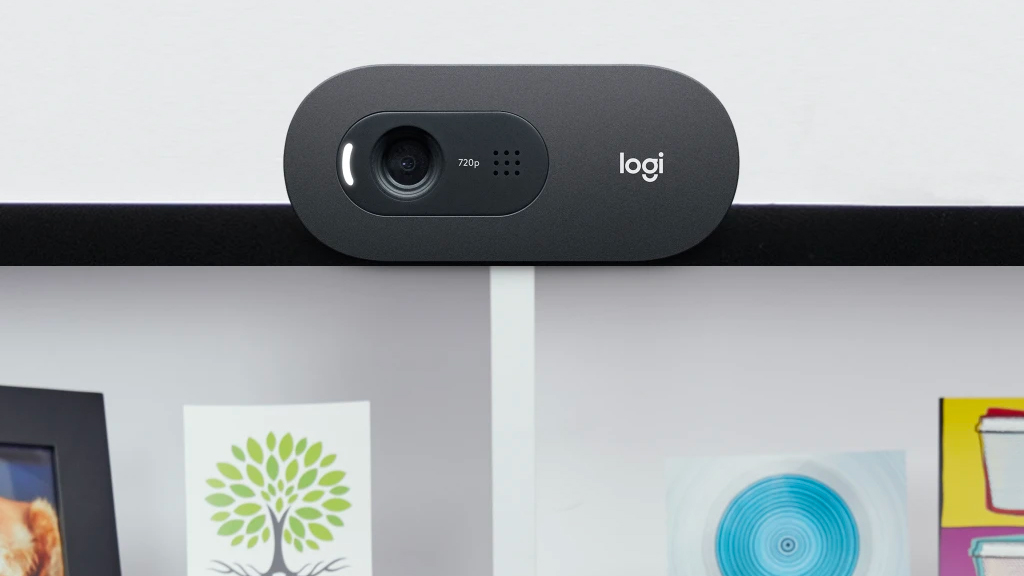
Webcams and Video-Conferencing Apps
They’re a standard feature on almost every single laptop you can buy today, but millions of people suddenly found themselves working from home earlier this year on desktops that lacked built-in cameras. Webcams, once a giant category of consumer electronics that slowly shrunk to a very tiny shelf at your local Best Buy or Staples store, suddenly became a hot commodity again. And as with a lot of products in 2020, finding one online became a real challenge unless you were willing to pay a premium.
In a decade, we will probably look back at this year as the catalyst for the work-from-home movement. Telecommuting finally became an accepted and encouraged practice. Barred from offices and coffee shops, video-conferencing tools like Zoom, Skype, Google Meet, and even FaceTime brought work teams and families back together again. Sure, conversations became awkward — lag meant people were often inadvertently talking over each other, and there was more than one instance of people forgetting they were on camera and sneaking off to the loo. But simply being able to see the faces of friends, family, and co-workers every day helped a lot of us keep at least a tiny sliver of our sanity.
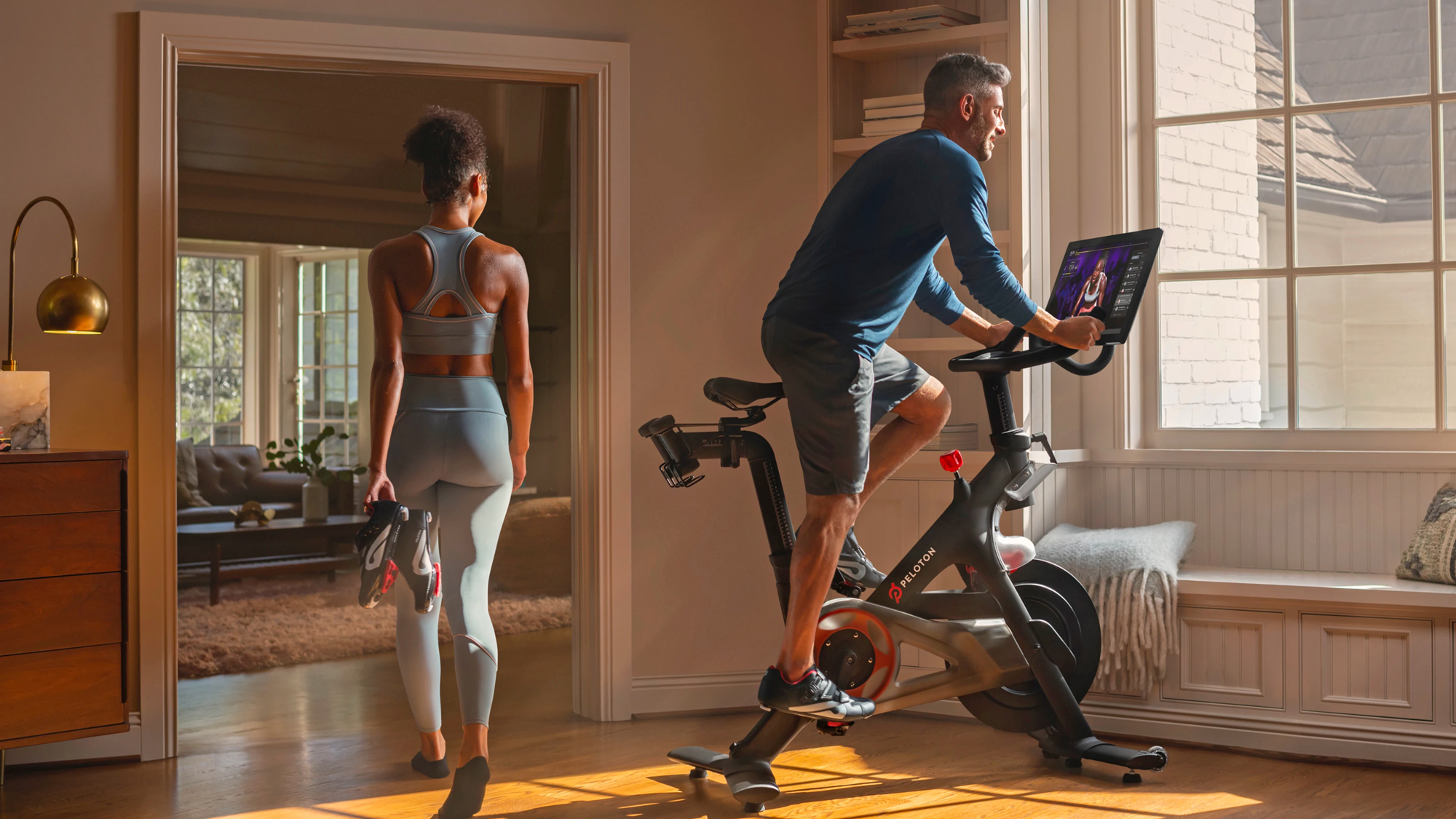
Peloton
Do you have to spend $US2,500 ($3,290) on an exercise bike plus the cost of a monthly subscription to stay fit? No, there are definitely cheaper options, but in a year when local gyms were opening and closing (but mostly staying closed) on an erratic schedule, the Peloton reaffirmed what many fans of the device already know: Motivation is an important a part to staying fit. You can even get a decent regular bicycle for much cheaper than the cost of a stationary bike like the Peloton, but having someone cheering you on during a ride and the feeling of accomplishment at the end of a routine is what has made spin classes so popular — and the Peloton delivers that same experience at home.
Even with a hefty price tag — Peloton later dropped the price of its base-model Bike to $US1,900 ($2,500) and released a higher-end Bike+ for $US2,500 ($3,290) — the company and its app were hugely popular throughout 2020. Peloton not only provided a way for people to feel better about all the time spent stuck indoors, but also a sense of safety. Spending time outdoors has been strongly encouraged throughout the pandemic, but even with social distancing and masks, there’s a certain level of unknown. Did that other biker I just passed while huffing and puffing have the virus without knowing it? Did I catch it? These are questions you don’t have to stress over while pedalling your heart out in the corner of your bedroom on a bike.
But you don’t even need a Peloton to take advantage of the beloved classes. Peloton made its app free for 90 days at the beginning of lockdown and gained millions of new subscribers who didn’t cancel their memberships after the trial ended.
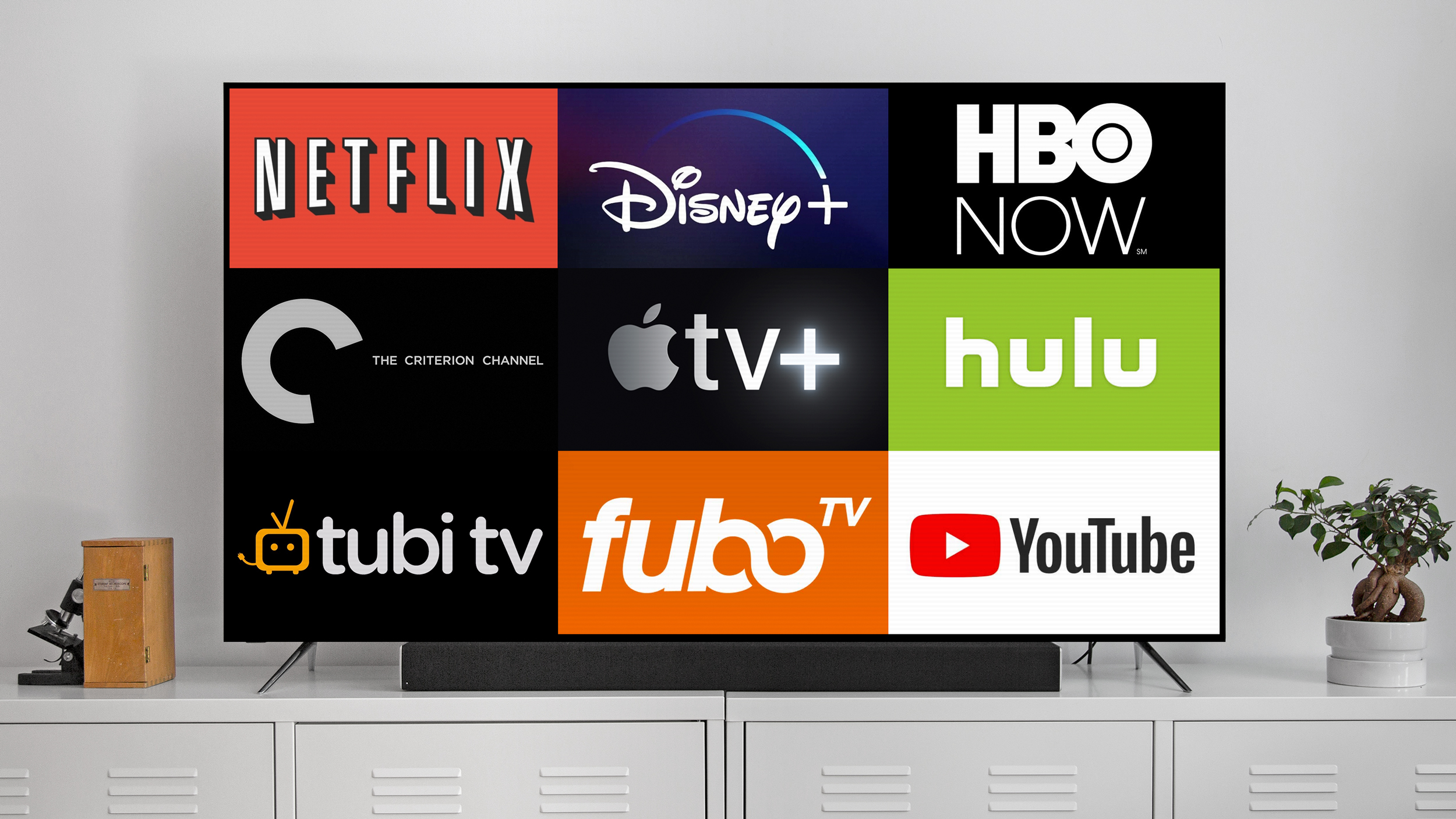
Streaming Services
Once we came to terms with the many days, weeks, and months we’d be spending time stuck indoors at home, many of us drew up grand plans for self-isolation: lavish home renovations, learning new skills, getting in shape, and mastering the culinary arts. Four hours later, the reality of the situation sunk in, as most of us realised 2020 would be spent working through the vast catalogues of movies and TV shows on the various streaming services we subscribe to.
In the early months, services like Netflix actually had to temporarily lower their streaming video quality to help reduce the strain on the internet as more and more people transitioned their lives online. But these services held fast and provided billions of hours of mindless entertainment to a world in desperate need of a mental distraction. For a moment, just stop and think what 2020 would have been like with access to only scheduled broadcast television. On second thought, don’t imagine that, as many of us would probably still have wardrobes that fit.
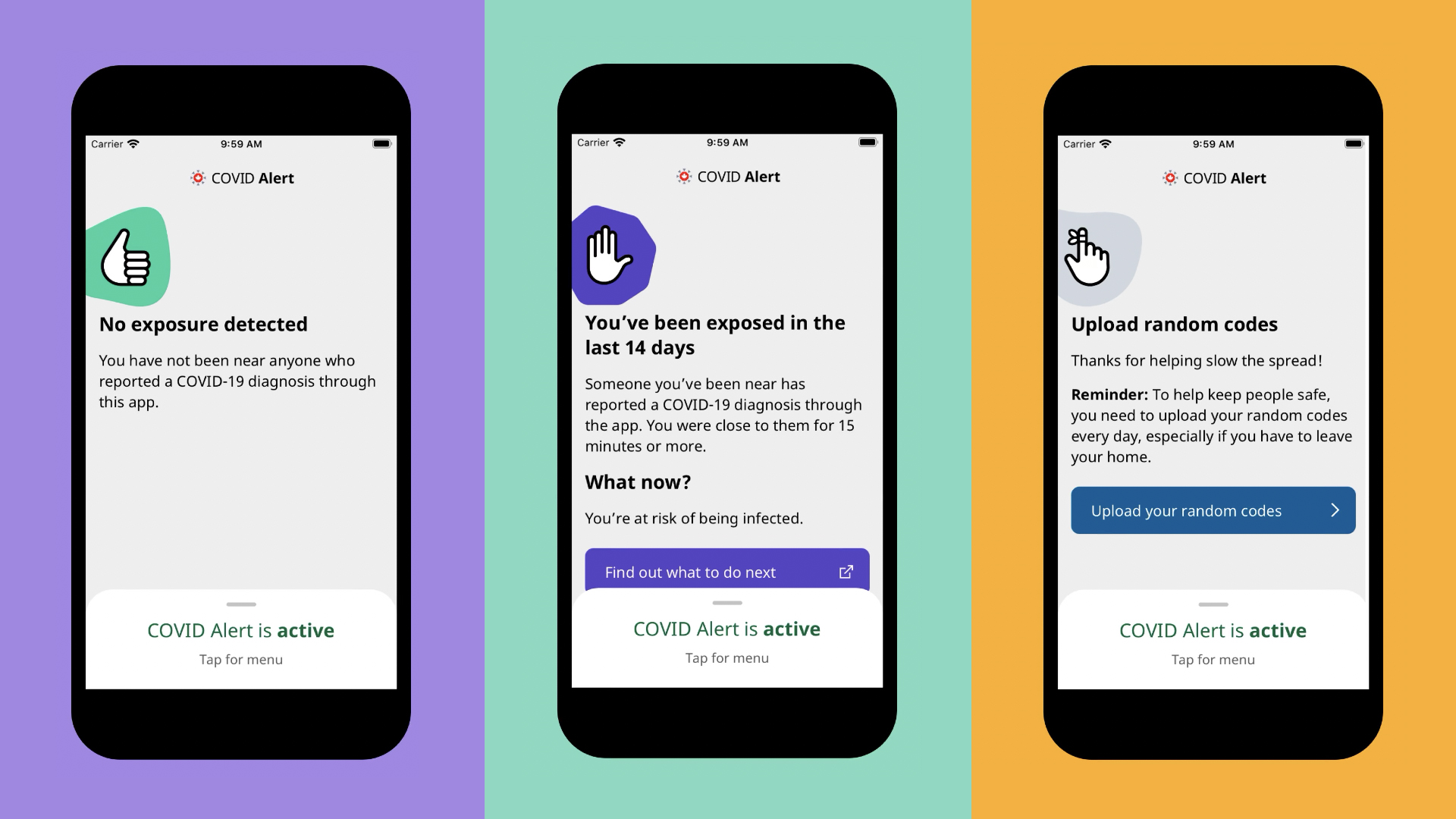
Bluetooth
The first Bluetooth device available to consumers was a hands-free headset that arrived back in 1999. Today the wireless protocol is still powering wireless audio devices like headphones, while also providing additional connectivity between a host of other devices, including smartwatches and lightbulbs. The protocol is starting to show its age and limitations, and at CES earlier this year a new and improved version of it was announced, but 2020 gave Bluetooth one more chance to shine.
One of the most important ways to minimise the spread of a virus like covid-19 is through contact tracing. Those potentially infected can be quickly identified and warned so they can self-isolate and not infect others. This often happens with teams of people reaching out to patients over the phone, but to help expedite and automate the process for tracking the spread of covid-19, Google and Apple created an exposure notification system for smartphones. By sharing randomised codes with other nearby devices over Bluetooth, a two-week log of who a user has been in close proximity to can be collected. If a user tests positive for covid-19, the app can then automatically notify other users in the log that they’ve potentially been exposed and should also self-isolate. It’s a clever system (one that everyone with a smartphone should use) that wouldn’t have been possible without Bluetooth already being on the mobile devices everyone carries with them wherever they go.
